Dozens Of Huge Stars Are Leaving The Milky Way Galaxy
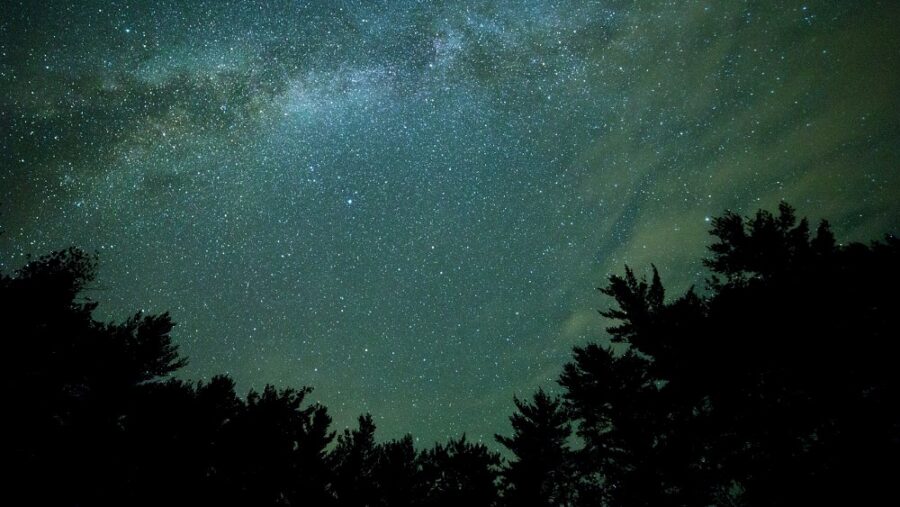
Universe Today excitedly reports that the enormous expanse of the Milky Way, our home galaxy, is undergoing an intriguing phenomenon: humongous stars are currently hurtling out of the galaxy and into the dark chasm of intergalactic space.
Rogue Stars Are Changing Trajectory And Leaving The Milky Way Galaxy
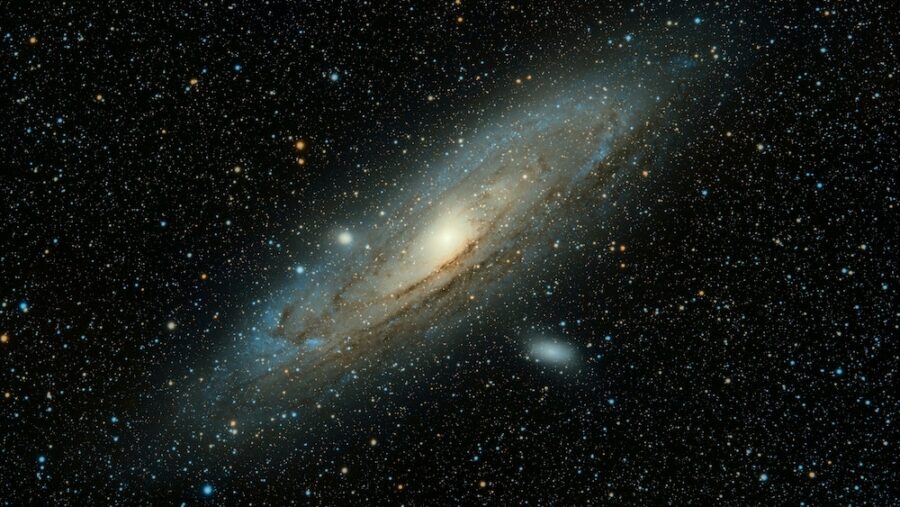
The fascinating observation first emerged from the celestial census of astronomers, who routinely track the velocities of stars that mirror the galaxy’s rotation. Thus, any star defying this cosmic synchrony is a pronounced occurrence. Interestingly, researchers have identified a surprisingly large number of such defiant stars, all propelled on a course leading them out of the Milky Way.
Mar Carretero Castrillo of the University of Barcelona led the startling research into this phenomenon. Their work constitutes a study soon to be published in Astronomy and Astrophysics, research utilizing data from the Gaia spacecraft. Contributing a treasure trove of information from astronomers worldwide, Gaia’s astrometric capabilities have offered in-depth measurements of star positions, distances, and motions.
Giant, Luminous Stars

Furthermore, the research depended on the Galactic O-Star Catalog (GOSC) and the Be Star Spectra (BeSS); each lists O-type and Be-type stars, respectively. The stars jetting away from the Milky Way are not merely massive—but also dazzlingly luminous and incredibly hot, heightening their importance in astronomy. Upon cross-referencing the incoming Gaia date with the catalogs mentioned above, the scientists zeroed in on 106 O-type and 69 Be-type runaway stars—discovering several new stars in the process.
Millions Of Stars Fleeing
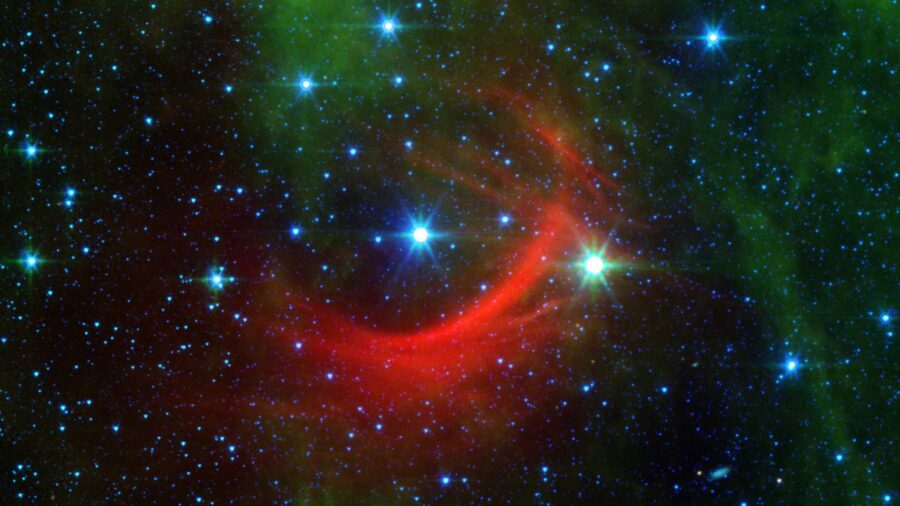
The number of estimated stars fleeing our galaxy? Ten million—which might sound like the scary beginning of a sci-fi movie. Still, the exact number of runaway stars is technically uncertain, and their precise escape mechanisms remain topics of heated scientific debate.
Dynamical Ejection Theory
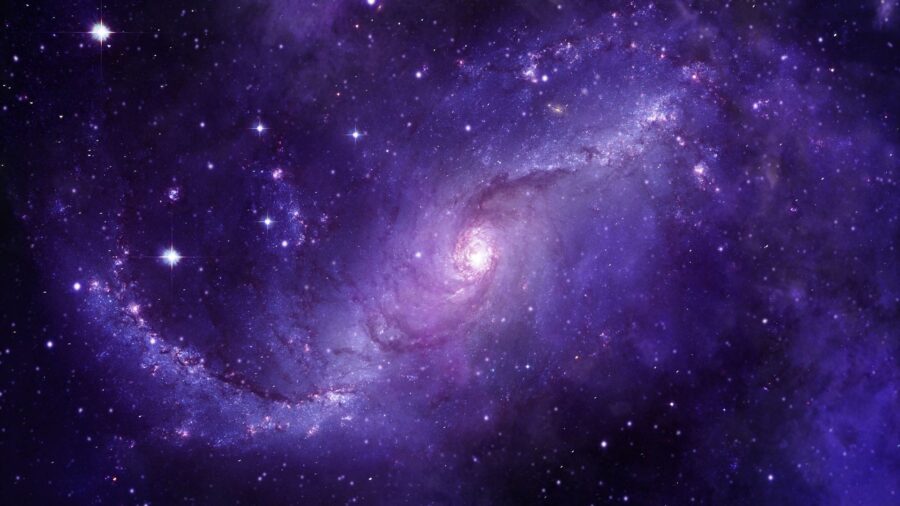
Two prevailing theories lock horns: the dynamical ejection scenario (DES) and the binary supernova scenario (BSS). Each suggests different explanations for suns distancing themselves from our Milky Way. Simply put, DES propounds gravitational interaction characterizing dense star clusters, while BSS involves the explosive, ongoing recoil from a supernova.
While the debate between proponents of these two theories should rage on, the recent study does indicate a preference for the DES. This leaning is evidenced by the stars’ higher velocities and the percentages of O-type runaways (compared to their Be-type counterparts). Moreover, the discovery aligns with previous research positing dynamical ejection as a likelier source of the speedy and sizable stars fleeing our Milky Way.
Understanding The Big Picture
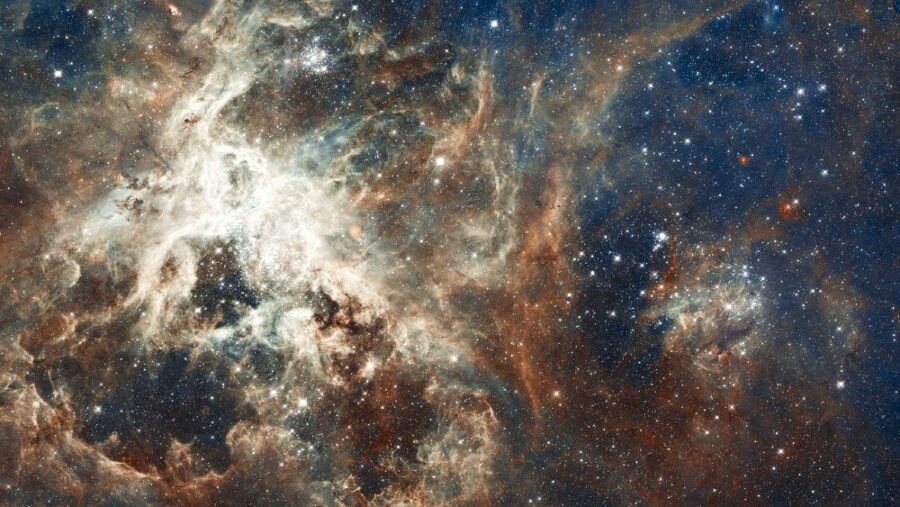
Much more than an esoteric pursuit, studying runaway stars enriches our understanding of the universe as a whole. For one, the distancing suns have a marked effect on the surrounding swaths of space, populating it with heavy elements through supernovae and even potentially seeding other parts of the universe with the foundational aspects of new star systems. The more we understand how stars are ejected from the galaxy, the more we can enjoy insights into the formation and evolution of stars, the architecture of the Milky Way, and the mechanics of stellar clusters.
Overall, the exciting find underscores star formation’s extraordinary, turbulent nature in our galaxy. The research furthermore offers insights into the lengthy life cycles of gigantic stars, alongside the traditional nuances of the galaxy we inhabit–all painting a more vivid picture of the universe surrounding (and comprising) us.












